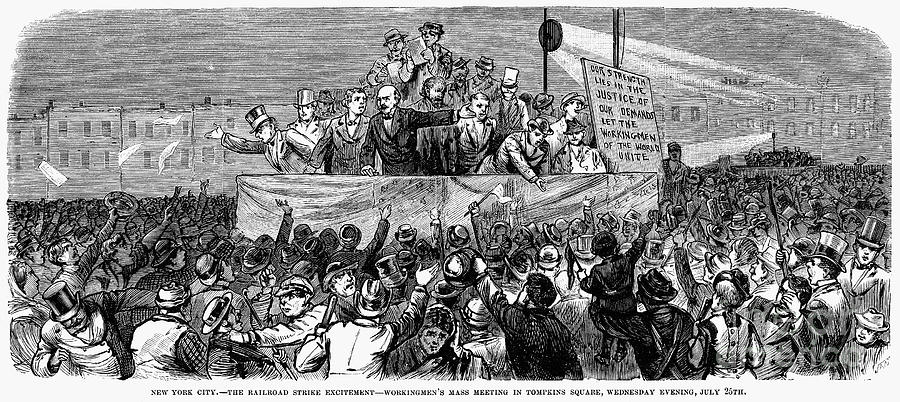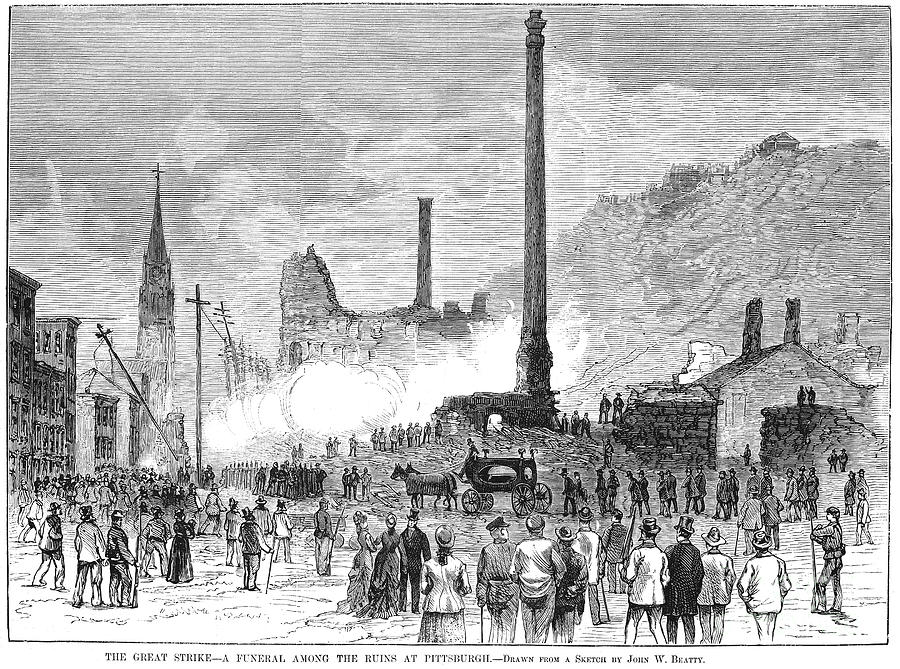

This solitary and repetitive work style was a difficult adjustment for those used to more collaborative and skill-based work, whether on farms or in crafts shops. Factory workers executed repetitive tasks throughout the long hours of their shifts, seldom interacting with coworkers or supervisors. Another element of hardship for workers was the increasingly dehumanizing nature of their work. According to one of the few available accurate measures, as late as 1913, nearly 25,000 Americans lost their lives on the job, while another 700,000 workers suffered from injuries that resulted in at least one missed month of work. Factory owners had little concern for workers’ safety.

An average factory work week was sixty hours, ten hours per day, six days per week, although in steel mills, the workers put in twelve hours per day, seven days a week. According to some historical estimates, that wage left approximately 20 percent of the population in industrialized cities at, or below, the poverty level. In 1900, the average factory wage was approximately twenty cents per hour, for an annual salary of barely six hundred dollars. Yet factory wages were, for the most part, very low. Not surprisingly, there was a concurrent trend of a decrease in American workers being self-employed and an increase of those working for others and being dependent on a factory wage system for their living.
#Great railroad strike manual
Advances in farm machinery allowed for greater production with less manual labor, thus leading many Americans to seek job opportunities in the burgeoning factories in the cities. A significant number of these urban and suburban dwellers earned their wages in factories. In 1865, nearly 60 percent of Americans still lived and worked on farms by the early 1900s, that number had reversed itself, and only 40 percent still lived in rural areas, with the remainder living and working in urban and early suburban areas. WORKING-CLASS LIFEīetween the end of the Civil War and the turn of the century, the American workforce underwent a transformative shift. The difficulties they faced led many workers to question an industrial order in which a handful of wealthy Americans built their fortunes on the backs of workers. For the multitudes in the working class, however, conditions in the factories and at home remained deplorable. For some Americans, there were also increased opportunities for upward mobility. The decline in prices and the cost of living meant that the industrial era offered many Americans relatively better lives in 1900 than they had only decades before.
:max_bytes(150000):strip_icc()/getty-railroad-tracks-58b9db985f9b58af5cb54095.jpg)

The laborer has now more comforts than the landlord had a few generations ago.” In many ways, Carnegie was correct. What were the luxuries have become the necessaries of life. As Carnegie said in The Gospel of Wealth, “the poor enjoy what the rich could not before afford. The standard of living for many American workers increased. The growth of the American economy in the last half of the nineteenth century presented a paradox. Analyze both workers’ desire for labor unions and the reasons for unions’ inability to achieve their goals.Explain the qualities of industrial working-class life in the late nineteenth century.By the end of this section, you will be able to:


 0 kommentar(er)
0 kommentar(er)
